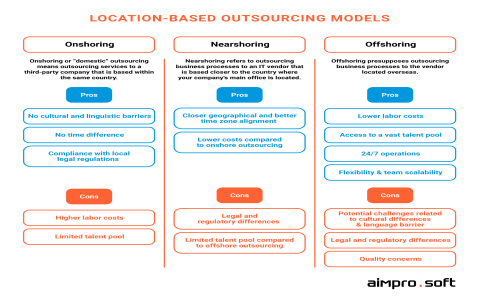Okay, let’s talk about this thing people call the “Brooks Model”, or more like, what happens when you live through it. I didn’t read a textbook and then try it, it just sort of… happened on a project I was stuck in.
My First Brush with “Adding More People”
So, picture this: we were working on this software project. Pretty standard stuff, but the deadline was creeping up, and things were definitely slipping. You know the feeling. Stress levels rising, management getting twitchy. We were already working long hours, trying to catch up.
Then came the “big idea” from upstairs. Someone, probably meaning well, decided the solution was simple: more hands! They figured if we doubled the team size, we’d go twice as fast, right? Seemed logical on a spreadsheet, I guess. I remember thinking, “Uh oh,” but you don’t always get a vote.
The Reality Kicks In
So, a bunch of new folks were brought onto the team. Nice people, smart people, but they didn’t know the project. What happened next wasn’t magic, it was chaos.
- Training Time: First off, us old-timers had to stop what we were doing to explain everything. The codebase, the weird bugs we hadn’t fixed yet, the tools, the processes. This wasn’t just a quick chat; it took days, weeks even, for them to get remotely productive. So, the original team’s output dropped immediately.
- Communication Nightmare: Suddenly, stand-up meetings doubled in length. Simple questions needed more people to answer. Coordinating who was working on what became a massive headache. Instead of coding, we spent way more time just talking, trying to make sure we weren’t stepping on each other’s toes. It felt like wading through mud.
- More Mistakes: New people, understandably, made mistakes. They didn’t know the tricky parts of the system. This meant more bugs popped up, which meant more time spent fixing things instead of moving forward. Code reviews got longer and more complicated.
- Integration Hell: Trying to merge code from twice as many people? Yeah, that got messy fast. Conflicts everywhere. Things broke more often. More time wasted sorting that out.
The Actual Result
So, did we speed up? Absolutely not. In fact, we slowed down. The original deadline, which was already looking shaky, flew right past us. Adding more people didn’t just fail to help; it actively made the project later. It felt completely counter-intuitive until you were living it.
The new folks eventually got up to speed, sure, but the cost of getting them there – the training, the communication overhead, fixing the new issues they inadvertently created – far outweighed any benefit for that specific deadline. We ended up delivering something much later than even the original pessimistic estimates.

What I Learned (The Hard Way)
It really hammered home for me that building software isn’t like building a brick wall where more bricklayers always mean faster progress. It’s more like a complex surgery. Adding more surgeons halfway through doesn’t usually help; it just gets people in the way and increases the risk of mistakes.
Communication and ramp-up time are huge factors. You can’t just parachute people into a complex, late project and expect miracles. It takes time for them to learn, and it takes time away from the people who already know what’s going on. That day-to-day experience taught me more than any book could have about why throwing more people at a late software project is usually a recipe for disaster.




